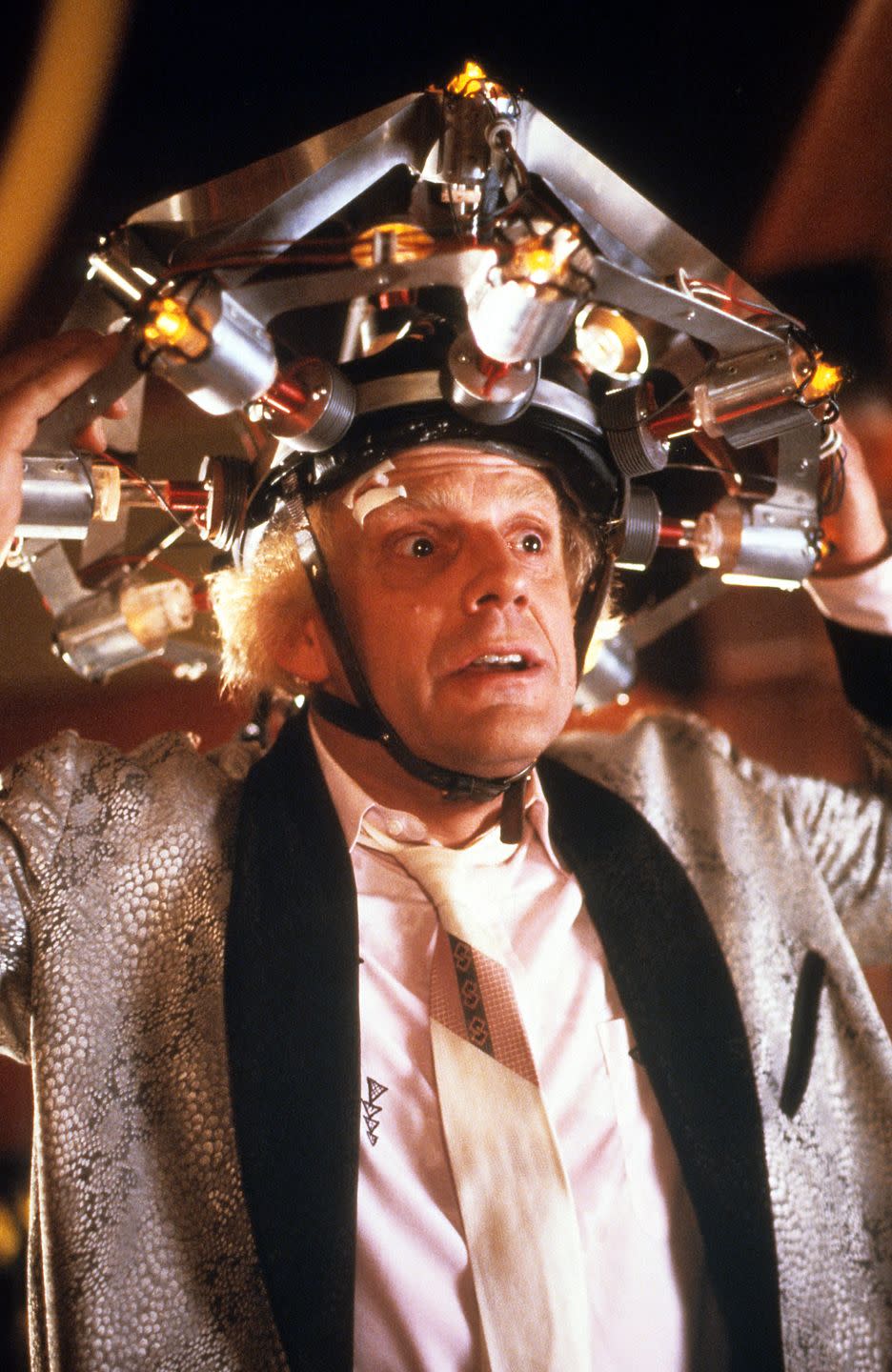Quantum Mechanics Proves 'Back to the Future' Is B.S.

A qubit can travel back in time without disrupting the present, researchers find.
Like in certain mathematical conditions, the timeline can overcome some disruptions.
No one can take Back to the Future away from you.
In trippy new research, scientists say they’ve confirmed what they call the Avengers: Endgame model of time travel.
They did this by running a quantum time travel simulation that runs backward and forward, letting them “damage” the past and see what resulted. And, as they say, the devil is in the details—the experiment involves an extremely simplified idea of a “world,” and is only the very first step toward demonstrating any big ideas about causality.
🤯 The universe is a mindf#!@. Let's explore it together.
In a statement, sponsoring Los Alamos National Laboratory likens the movie Back to the Future, where Marty McFly must carefully not disrupt the timeline of his own inception, to the idea of the “butterfly effect.” The idea is simple: Because of the complex way time moves and how causality “ripples out” in unexpected or just unfathomable ways, stepping on a butterfly in the past could change the entire world you try to return to.
Games with procedurally generated worlds use a reverse butterfly effect to create those worlds—a randomized “seed,” which is a string of characters that determines different variables. In Songbringer, for example, the player makes up their own six-letter seed and then plays through the world they created. Since the randomness is an illusion based on high numbers, entering the same seed makes the same world over and over.

But what if the world is, to some extent, self healing? This is where the Endgame version of events comes into play, and where the quantum experiment begins. In this version of events, no matter what “seed” shifted the world—what information was included, left out, or examined—the timelines would all eventually converge. The Avengers can go back, gently meddle, and return to the present without making a ripple.
This may sound like the same narrative handwaving that enables all time travel stories, but the Los Alamos experiment came to the same conclusion.
Here’s the scenario: Alice and Bob, two agents in a system, each have a piece of data—a qubit, or quantum bit. Alice sends her data backward in time, where Bob measures it, altering it in accordance with the Heisenberg uncertainty principle. What happens when the qubit returns?
In their simulations, the researchers found the qubit didn't change—or even affect—the original timeline. They used a series of quantum logic gates and an operator called a Hamiltonian, which in quantum mechanics is a measurement of potential and kinetic energy. Here’s where the idea stops being the stuff of sci-fi watercooler talk and starts to sound real. From the paper:
“The evolution with a complex Hamiltonian generally leads to information scrambling. A time-reversed dynamics unwinds this scrambling and thus leads to the original information recovery. We show that if the scrambled information is, in addition, partially damaged by a local measurement, then such a damage can still be treated by application of the time-reversed protocol.”
In other words, the nature of the time-affected operator they studied is such that it ends up affecting information that travels through it, and for some far-off application like quantum internet, that fact could end up making a big difference.
If researchers know they can “rewind” the information to see how it looked originally without changing the outcome, they may be able to guarantee fidelity of data in a situation previously thought to result in, well, some digital broken eggs.
You Might Also Like

